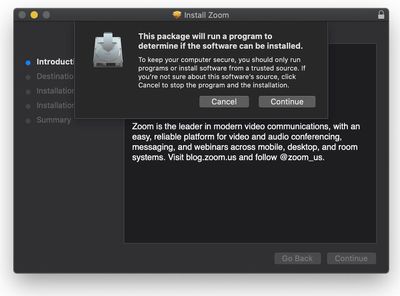Apple is offering employees significant discounts on products that include the HomePod and Beats headphones, according to details on the deals shared by MacGeneration and 9to5Mac.

Apple is said to be clearing stock of Beats headphones and HomePods, providing them to employees through an internal deals program. The HomePod is available at a 50 percent discount, dropping the price to $149.50, while Beats are also available at a reduced price.
There's no confirmed word on why Apple is offering HomePods and Beats headphones to employees at a discount, but in the case of the HomePod, there are rumors that Apple is working on a new lower-cost model that could come out at some point this year.
Apple may also simply have excess HomePod and Beats stock due to reduced sales or a miscalculation in production.
Apple has offered similar deep discounts on products to employees a few times in the past, and provides smaller discounts on all of its products for employees who want to make a purchase through an employee store.
Update: An employee has shared additional information on discounts with MacRumors. Along with the HomePod and Beats headphones, Apple employees can also buy Apple Watch Series 4 Hermès at prices starting at $749, and Apple Watch bands at a major discount, with some Sport Loops and Sport Bands available for just $19.60.
Multiple refurbished Mac options are further discounted for employees, and the discounted Beats lineup includes the Solo Pro, Studio3 Wireless, BeatsX, Powerbeats Pro, and more. The Beats headphones are discounted by up to 40 percent.


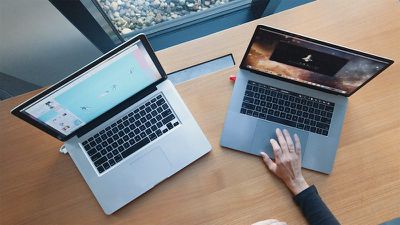



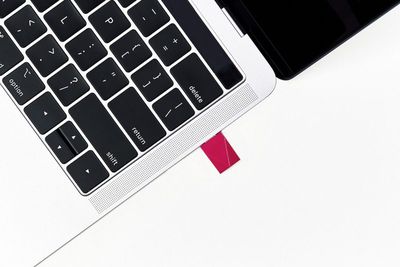

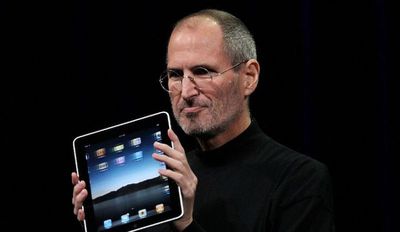
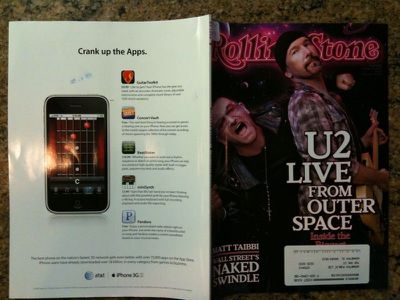
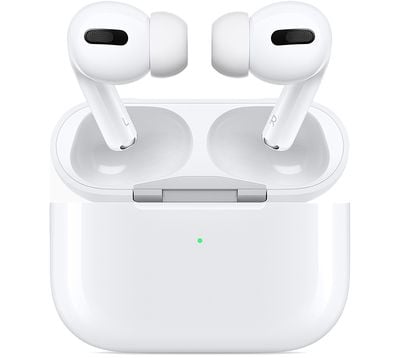 Note: MacRumors is an affiliate partner with Amazon. When you click a link and make a purchase, we may receive a small payment, which helps us keep the site running.
Note: MacRumors is an affiliate partner with Amazon. When you click a link and make a purchase, we may receive a small payment, which helps us keep the site running.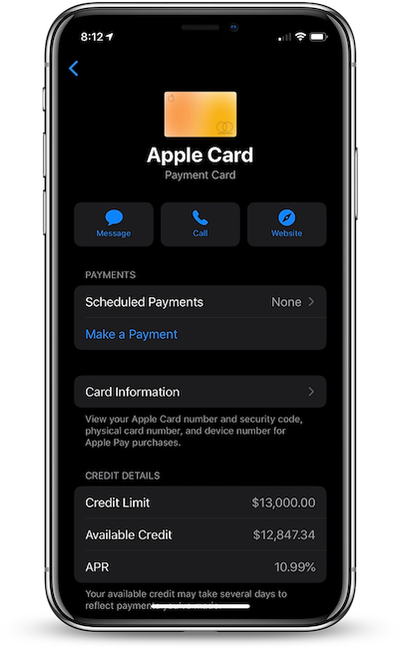
 Note: MacRumors is an affiliate partner with Woot. When you click a link and make a purchase, we may receive a small payment, which helps us keep the site running.
Note: MacRumors is an affiliate partner with Woot. When you click a link and make a purchase, we may receive a small payment, which helps us keep the site running. "
"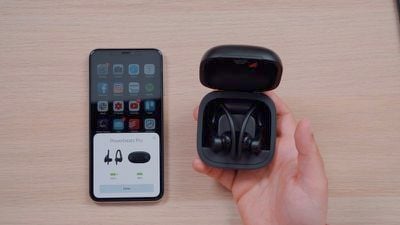 Note: MacRumors is an affiliate partner with these vendors. When you click a link and make a purchase, we may receive a small payment, which helps us keep the site running.
Note: MacRumors is an affiliate partner with these vendors. When you click a link and make a purchase, we may receive a small payment, which helps us keep the site running.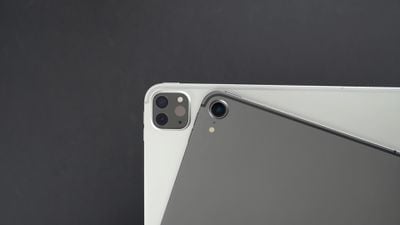
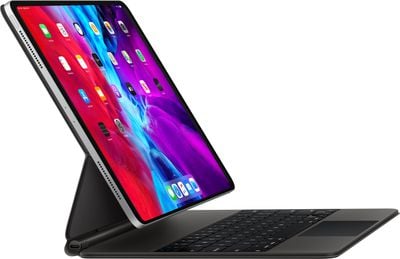
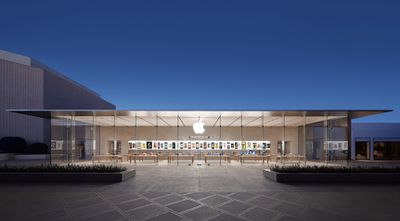
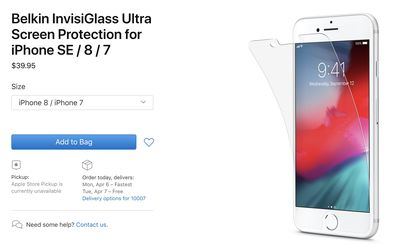
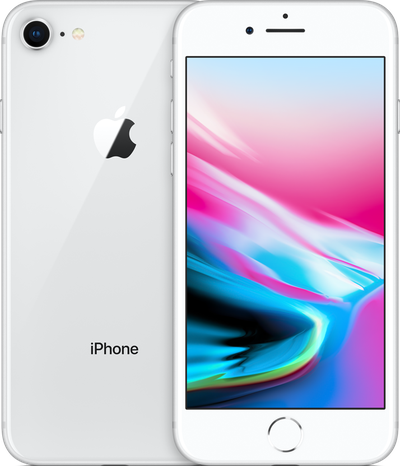

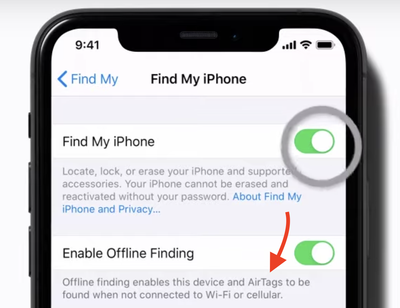
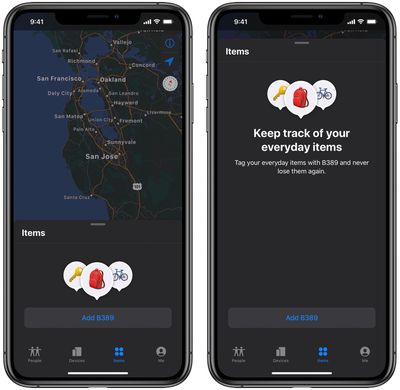
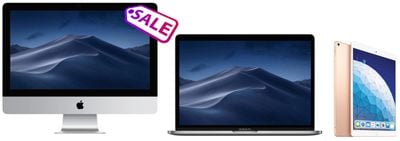 Note: MacRumors is an affiliate partner with B&H Photo. When you click a link and make a purchase, we may receive a small payment, which helps us keep the site running.
Note: MacRumors is an affiliate partner with B&H Photo. When you click a link and make a purchase, we may receive a small payment, which helps us keep the site running.